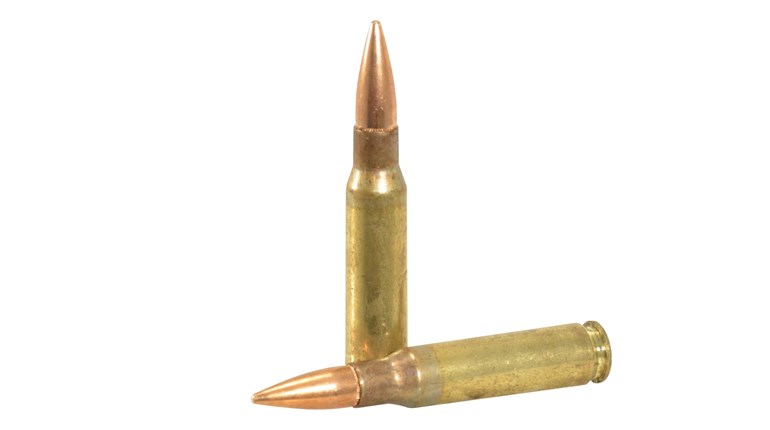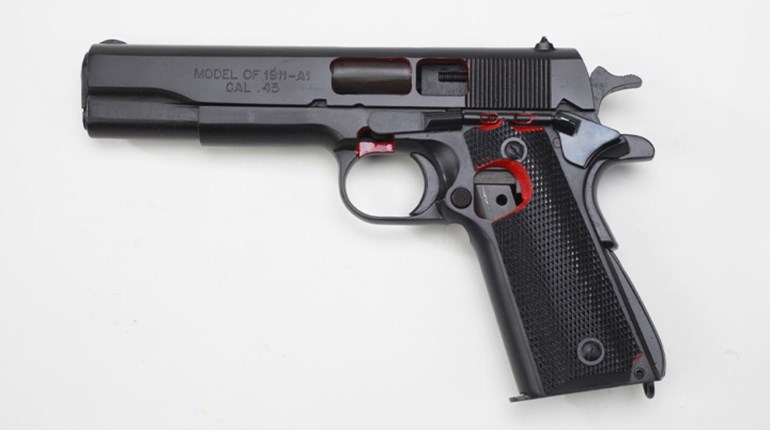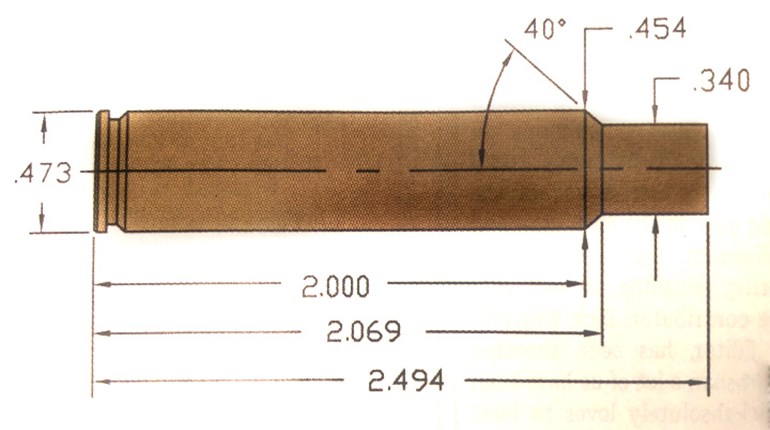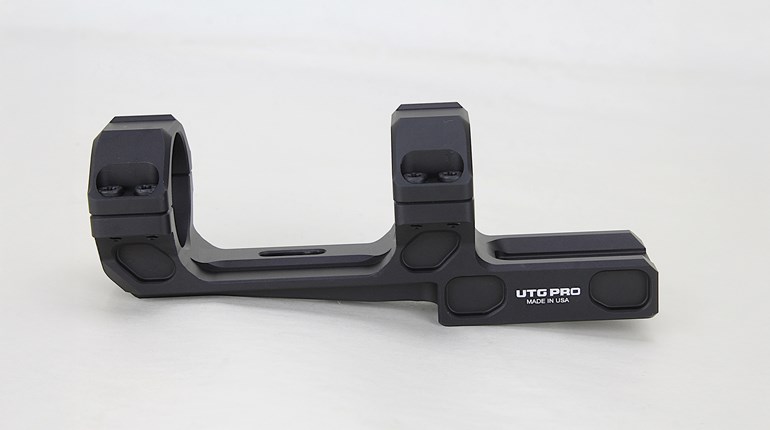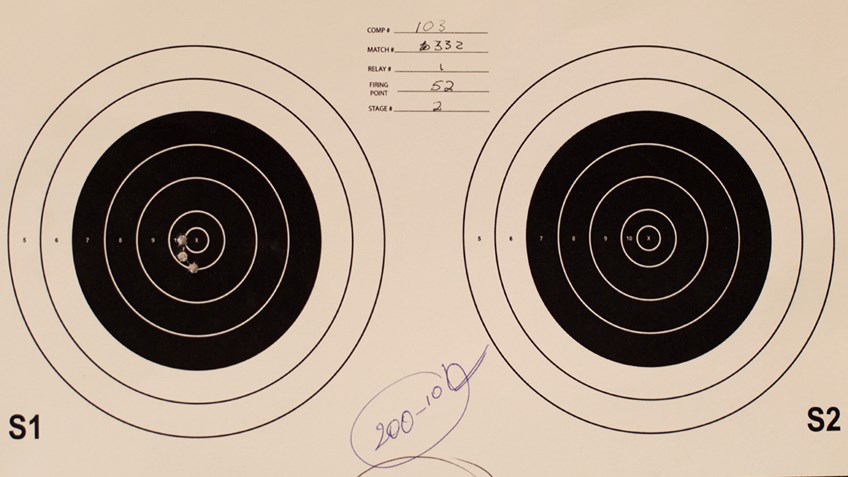
When scoring, a shot hole is given the higher value when the leaded edge of the hole comes in contact with the outside of the bullseye or scoring ring of the target. In cases where there is question as to what value a shot hole should be given, scorers will use a scoring gauge to help determine the exact value of that shot hole. The two gauges available are inward and outward scoring gauges. In determining which gauge to use and when, it is always best to refer to the rule book covering the discipline at hand.
When using an inward scoring gauge, the scorer should look at the inside—toward the 10-ring—of the gauge’s flange. If the flange is touching the scoring ring of the higher value, then the shot hole shall receive a score of that ring’s value. If the flange does not touch the ring of the higher value, then the shot hole will receive the lower value.

The outward gauge is always read by looking at the outside edge—toward the 1-ring—of the scoring flange. If the flange touches the outside edge of the line, the shot value will be given the lower value in question. If the flange does not touch the outside line, the shot hole will be given the higher shot value.

In competition, each shot hole may only be plugged with a scoring gauge once, at which point it will be marked with a “+” or “-.” For more about the correct use and dimensions of scoring gauges, refer to Section 14 of the NRA rule book.
This .177 caliber outward gauge is for scoring Air Rifle targets. Available from Champion's Choice for $10. You can also purchase scoring gauges from the NRA Program Materials Center at this link: materials.nrahq.org/recreation-shooting/competitions.html
You can also purchase scoring gauges from the NRA Program Materials Center at this link: materials.nrahq.org/recreation-shooting/competitions.html













